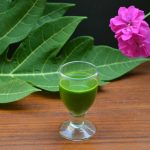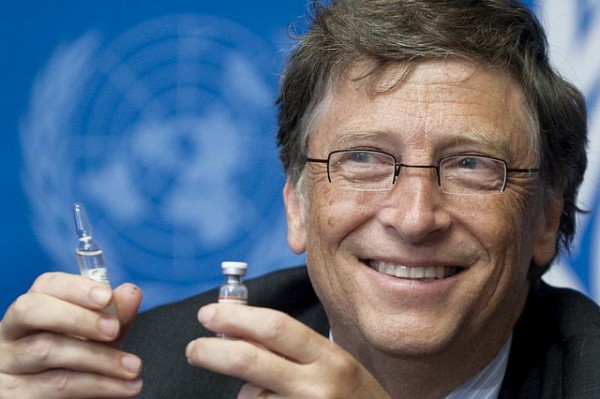Collapsing foodchain: Germany’s ecosystem is threatened as scientists discover a 75% decline in insects — is industrial agriculture to blame?

(Natural News) German researchers are now warning of a future “ecological Armageddon and a collapse of the food chain” after discovering a steep drop-off in flying insect populations. Over the last thirty years, scientists say insect numbers have declined by nearly 80 percent in Germany alone. Their studies of the rapidly dwindling insect populations within nature reserves have sparked fears that the entire ecosystem will collapse — and the food chain as we know it would fall, as well.
Indeed, if the population of insects in protected areas has declined at such a disturbing pace, it’s hard to imagine how insects across the rest of the world have fared. At least one member of the research team believes that pesticides are driving down insect numbers, according to the Daily Mail.
Caspar Hallmann from Radboud University, located in The Netherlands, and his colleagues authored study, which was recently published in the journal PLOS ONE on October 18. Their findings seem to fall in line with other reports of falling insect numbers, such as the massively concerning decrease in bee populations.
Over the course of 27 years, Hallmann and his team used Malaise traps to measure total insect biomass at 63 different nature protection areas. What they learned was that the average total flying insect biomass has decreased by an average of 76 percent in the last three decades — with the decline reaching a peak of 82 percent in midsummer.
Hallmann commented, “Since 1989, in 63 nature reserves in Germany the total biomass of flying insects has decreased by more than 75 percent. This decrease has long been suspected but has turned out to be more severe than previously thought.”
The researchers found that this steep decline was evident regardless of where the habitat was or what characteristics the area had — and changes in land use, weather and other variables could not explain the decline in full. In other words, something else is at play. While the research team did not come to any conclusions on that front, it was posited that pesticides could be to blame. And truly, the entire purpose of pesticides is to kill bugs and other, so-called, pests. Is anyone actually surprised to learn that these chemical killers are destroying insect populations?
A recent study confirmed that pesticides had a negative impact on bee populations, killing both worker bees and their queens indiscriminately. Neonicotinoid pesticides, or neonics for short, were to found to kill at least 25 percent of exposed bees. Neonics are more likely to be lethal to insects, like bees, than other creatures like birds or mammals. But, their potential impact on the ecosystem is no less concerning; as sources report, neonics can have a grievous effect on honeybees. And if bees are killed off, our entire ecosystem could go down the tubes, too. Bees, and many other insects, are essential to the pollination process — and without them, our food supply would be greatly affected.
Recent research has also shown that the harms of pesticides can be felt even in infinitesimal amounts; insect infertility can be seen even at low levels of exposure to the chemicals. Biologists at Bielefeld University found that lea beetles laid 35 percent fewer eggs after being exposed to just a tiny amount of pyrethroid — a type of pesticide. It was also noted that female offspring developed abnormalities thanks to their parents’ pesticide exposure.
Dozens of studies have pointed to the harms of pesticides, yet almost nothing is being done to stop their overly prevalent use. Will the world wake up before its too late? [Related: Learn more about the ill effects of pesticides at Pesticides.news.]
 (
(
 (
(
